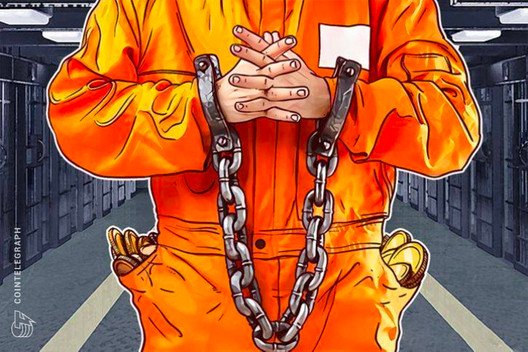The ultimate guide to password management for crypto enthusiasts
Explore strong password creation, management and advanced protection techniques to secure crypto holdings.
178 Total views
3 Total shares

In the world of cryptocurrencies, security is paramount. As a crypto enthusiast, one of the foundational steps to ensuring the safety of your digital assets is effective password management.
With the potential for significant financial loss in the event of a security breach, mastering the art of password protection is a critical skill. This comprehensive guide will walk you through the importance of password security, best practices for creating strong passwords and advanced techniques for managing your passwords securely.
Why password security matters
The first line of defense against unwanted access to an individual’s cryptocurrency holdings is their passwords. Due to the irreversible nature of blockchain transactions, a compromised account may result in large losses. As a result, it’s important to ensure strong password security since hackers and cybercriminals are continuously developing new ways to attack vulnerabilities.
Related: DeFi Scams 101: How to avoid the most common cryptocurrency frauds
Creating strong passwords to protect your crypto holdings
- Length matters: Longer passwords are harder to crack. Aim for passwords that are at least 12 characters long.
- Mix characters: Combine uppercase and lowercase letters, numbers and special characters to increase complexity.
- Avoid personal information: Refrain from using easily guessable information like names, birthdays or common words.
- Unpredictable phrases: Create a passphrase by combining random words with no apparent connection. This increases the complexity while remaining memorable.
- No repeating patterns: Avoid easily guessable sequences like “12345” or “qwerty.“
Password management best practices
- Unique passwords: Use a different password for each crypto-related account to prevent a single breach from affecting all your assets.
- Password managers: Consider using a reputable password manager. It generates and stores complex passwords, eliminating the need to remember them.
- Two-factor authentication (2FA): Enable 2FA wherever possible. This adds an extra layer of security by requiring a second form of authentication.
- Regular updates: Change your passwords periodically to reduce the likelihood of unauthorized access.
Related: 7 ways to safely store your private keys
Advanced password security techniques
- Multifactor authentication (MFA): Beyond 2FA, MFA combines various authentication methods, such as biometrics or hardware tokens, for added protection.
- Hardware wallets: For added security, consider hardware wallets, which store users’ private keys offline, reducing vulnerability to online attacks.
- Cold storage: Store sensitive information and backup seeds in offline, physically secure locations.
- Password complexity policies: Some platforms enforce strict password complexity rules. Embrace these policies for added security.
Don’t rely on a single password to protect accounts. Enable multi-factor authentication wherever you can. pic.twitter.com/9zCuLvtBqF
— Digital Security Watch (@DS_Watch) August 13, 2023
Protecting your recovery seed
If someone loses access to their crypto wallet or password manager, their recovery seed becomes crucial. Follow these steps to secure it:
- Write it down: Handwrite your recovery seed on paper and store it securely, like in a safe or safety deposit box.
- Offline digital storage: Store an encrypted digital copy of your recovery seed on a USB drive or external hard drive, keeping it disconnected from the internet.
- Split storage: Divide your recovery seed into multiple parts and store them separately in different secure locations.
Cultivating a secure digital future is the key to protection against crypto scams
In an era defined by digital innovation, securing crypto assets is paramount. Cultivating a secure digital future demands a meticulous password management roadmap. Begin by creating robust, unique passwords for each crypto account, employing a mix of alphanumeric characters and symbols.
Utilize reputable password managers to store and encrypt these credentials, mitigating the risk of breaches. Implement MFA wherever possible, adding an extra layer of defense. Regularly update passwords and stay vigilant against phishing attempts. By conscientiously navigating this roadmap, individuals can fortify their crypto holdings, ensuring a safer and more resilient digital future.









